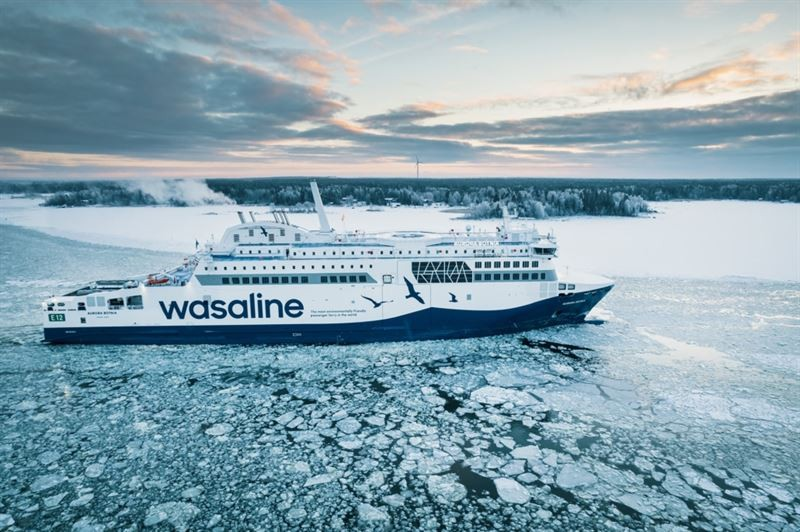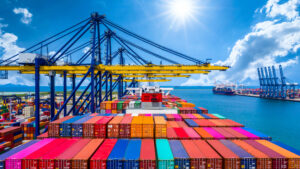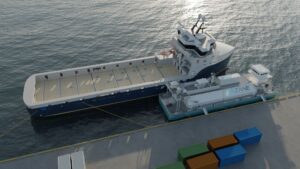Industry Coalition SEA-LNG highlights the significant progress being made to eradicate methane slip within the maritime sector.
In its latest forecast, the SEA-LNG now says with continued collaborative efforts across the value chain, methane slip will be eliminated for all engine technologies within the decade.
They point out that today, 2-stroke diesel cycle engines, account for approximately 75% of the LNG-fuelled vessel order book.
“These engines have effectively eliminated slip already,” they say.
For low-pressure engine technologies where methane slip remains a challenge, manufacturers have already cut the levels of slip from low-pressure 4-stroke engines by more than 85% over the past 25 years.
SEA-LNG, a multi-sector industry coalition whose members work together to demonstrate the benefits of LNG as a marine fuel, highlights that methane slip has been eradicated for the similar LNG dual-fuel engine technologies used in the heavy-duty vehicle sector.
“The science is clear, the technologies exist, and ongoing engineering will soon solve the problem.”
Peter Keller, chairman of SEA-LNG, said: “We congratulate the efforts and initiatives such as the Methane Abatement in Maritime Innovation Initiative (MAMII) and the GREEN RAY project. As LNG continues to gain widespread recognition as the current practical and realistic alternative fuel pathway, it is reassuring to see growing evidence that the challenge of methane slip will be eliminated within this decade.”
Clarksons’ data shows that 109 LNG dual fuel vessels have been ordered in 2024 up to June. There are now more than 550 LNG-fuelled vessels in operation, a number expected to double by 2027.
“There is universal agreement that the science is understood, and we have the necessary tools and technology to abate methane emissions, it is the final elements of the engineering that are being worked on. This, in combination with the option to transition to net zero emissions through bio-methane and e-methane, provides ship owners and operators with the confidence that vessels ordered today are future-proofed for the next 25 – 30 years. This cannot be said for any other alternative fuel right now,” Keller concluded.
SEA-LNG cites a broad range of initiatives that are showing methane slip progress. Among those they highlighted is an EU-funded Green Ray project where Wärtsilä piloted technologies on the Aurora Botnia RoPax ferry that resulted in further methane slip reductions of up to 56% in one of its dual fuel low pressure four-stroke engines.
As it is reported by SEA-LNG, its latest member ROTOBOOST, a hydrogen technology company, has developed a pre-combustion carbon removal system based on Thermo-Catalytic Decomposition (TCD).
“The technology can be equipped onboard LNG-fuelled vessels, cracking the methane molecule into hydrogen and solid carbon. The hydrogen is being mixed into the methane fuel feed flow to the engines, directly contributing to lower methane and carbon dioxide emissions, while the valuable solid carbon is captured on board and off-loaded at the next port call to find its way in a large variety of industrial products,” SEA-LNG says.
MAMII has begun a process of piloting exhaust stack methane abatement technologies, including from Green Instruments and Everimpact. It has also called for and is working with regulators on a methane measurement, certification and validation protocol, Keller says.
Keller noted that last year “Maran Gas highlighted the installation of methane measuring technology and Daphne Technology’s after treatment abatement system, SlipPure, integrated on a dual fuel LNG carrier. SEA-LNG member Shell was also involved in the project.”
The chairman of SEA-LNG also said that MAN Energy Solutions is launching the IMOKAT II project to develop an after-treatment technology to reduce methane slip from its four-stroke engines.



